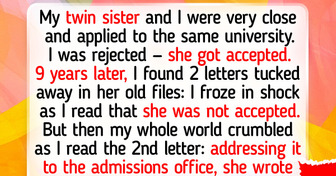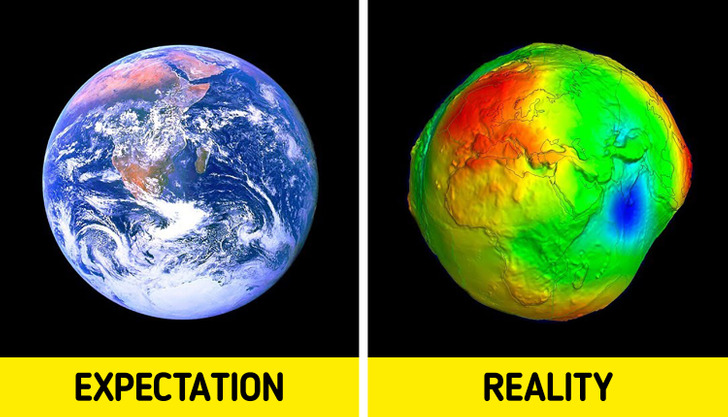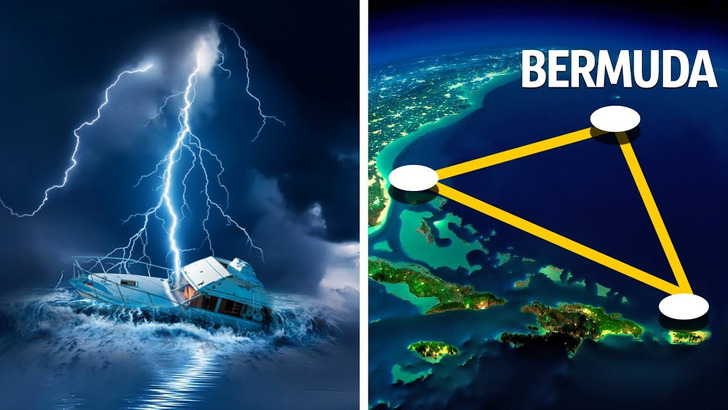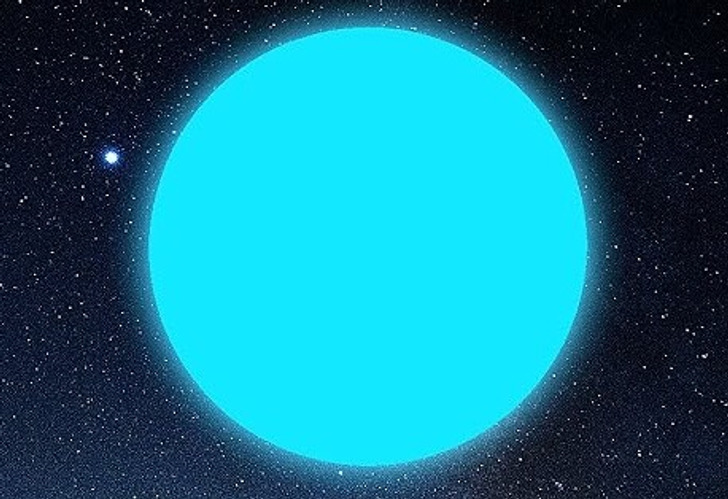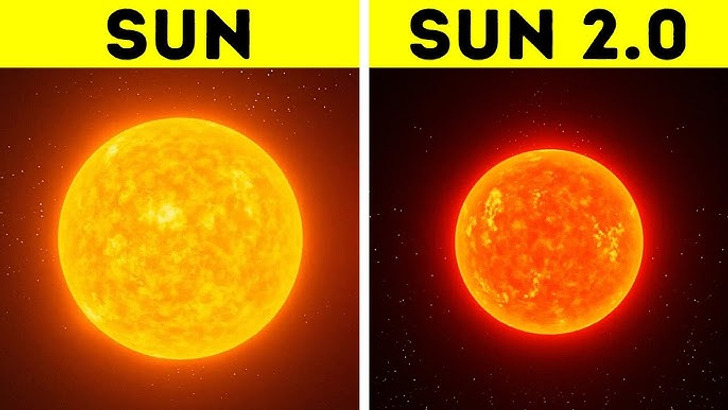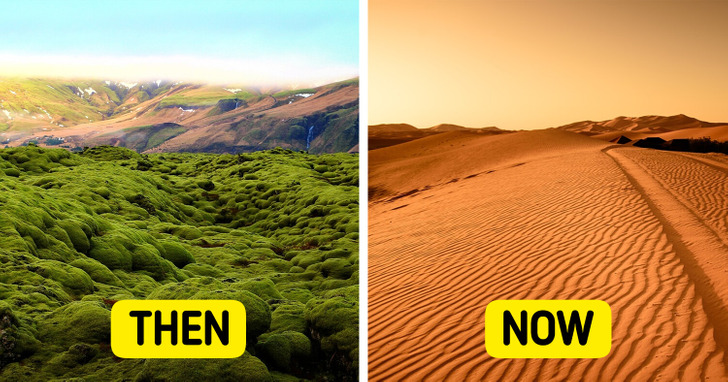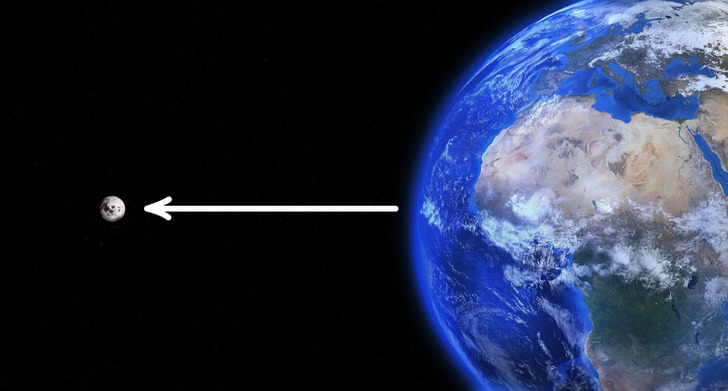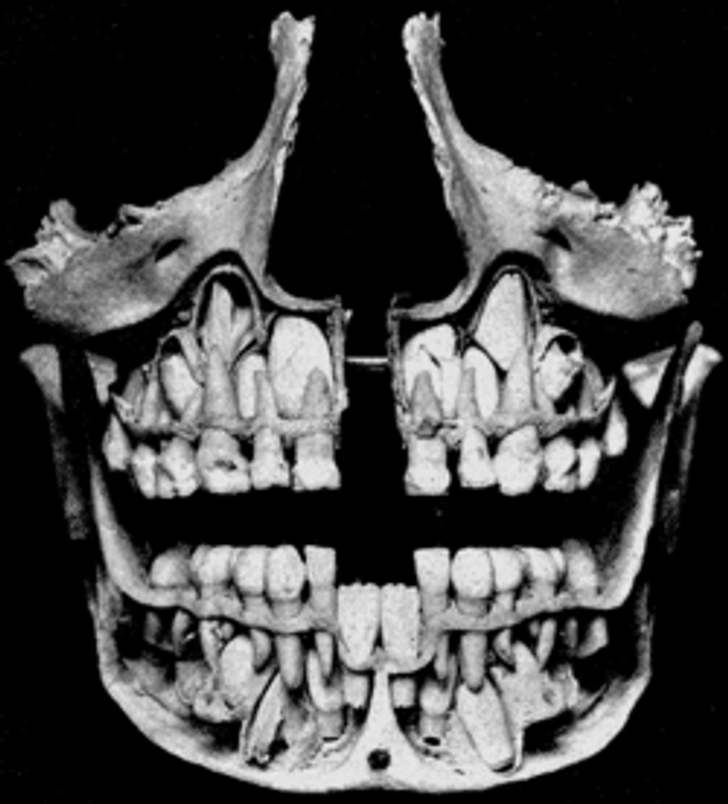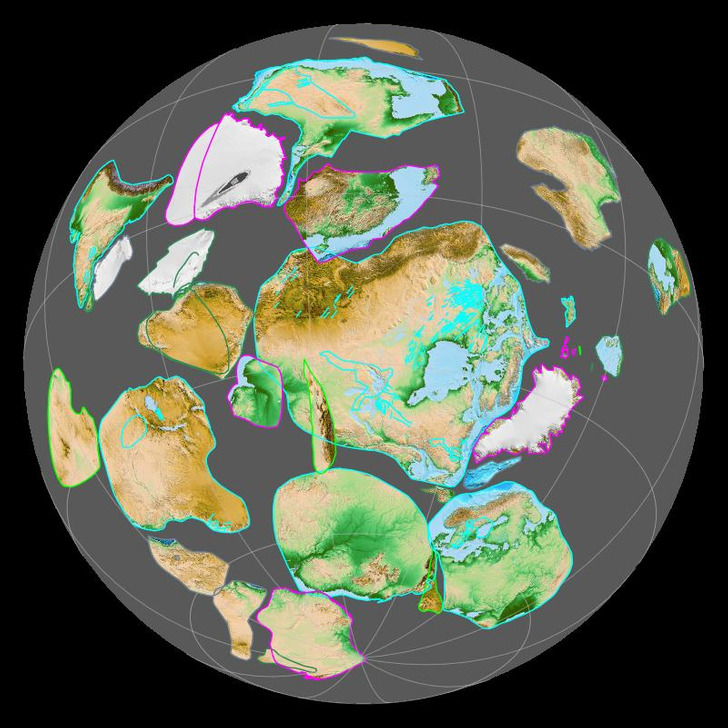HELLO
9 Surprising Universe Revelations You Were Unaware Of
Our universe is an endless expanse teeming with surprises waiting to be uncovered. From the mysterious depths of space to the intricate workings of subatomic particles, every corner of the cosmos holds unexpected wonders. Whether it’s the discovery of new celestial phenomena, the unveiling of cosmic mysteries, or the revelations in the microscopic realm, our universe continually challenges our understanding and opens doors to uncharted territories.
1. The Earth is an irregularly shaped ellipsoid.
While Earth might seem round from space, it’s actually more like an ellipsoid. But even that doesn’t perfectly capture Earth’s shape. The planet’s diameter is larger at the equator because of the centrifugal force from its constant rotation. Mountains that reach nearly 30,000 feet and ocean trenches over 36,000 feet deep distort its shape further. Even sea level isn’t uniform due to slight variations in Earth’s gravity, creating permanent hills and valleys in the ocean of over 300 feet.
Moreover, Earth’s shape is always changing. Daily tides, slow tectonic plate movements, and the rebound of the crust after ice melts contribute to this change. Occasionally, the planet’s shape undergoes rapid, violent shifts during events like earthquakes, volcanic eruptions, or meteor strikes.
2. It’s true that there have been a lot of strange disappearances in the Bermuda Triangle.
Between 1945 and 1965 about five planes crashed in the Bermuda Triangle, and from 1800 to 1963, 10 ships sank or disappeared. Some sources mention even more incidents.
Be cautious! The area is famous for sudden and very strong storms that appear and vanish rapidly.
And watch out for your compass! In the Bermuda Triangle, one of only two spots on Earth, a compass points to true north instead of magnetic north. If sailors and pilots don’t adjust for this, they might end up going in the wrong direction.
3. NASA found a true blue planet.
The Hubble Space Telescope found that the planet HD 189733b looks deep blue, but it’s not because of oceans. The blue color comes from a really hot atmosphere (2,000 degrees Fahrenheit) where special particles melt and form glass “raindrops” that scatter more blue light than red light.
Discovered in 2005, this planet is super close to its parent star, only 2.9 million miles away. It’s so close that one side always faces the star, and the other side is always in the dark.
Since the planet is just 63 light-years from Earth, someone visiting would see many of the same stars we see at night, although the patterns of constellations would be different. Our Sun and the closest star to it, Alpha Centauri, would look like two faint stars near the center of the image.
4. Astronomers suggest there were the second sun.
Our Sun might have had a friend, and there might be many small planets we haven’t found yet in the outer part of our Solar System. Some scientists from Harvard University wrote a paper about this idea. The paper, written by Dr. Avi Loeb and Harvard student Amir Siraj, suggests a different idea than what most people think. They say the Sun might have originally been part of a pair of stars, not just one.
Scientists mentioned that many stars like the Sun are born with a companion. Stars come from clouds of dust and gas in space, and they usually form together in groups before spreading out. This not only happens with the Sun’s “sister” stars, but also with the possible companion, which would be a star of similar size.
So, where is this second Sun now? It could be anywhere in the Milky Way galaxy. According to Loeb, other passing stars in the group where the Sun was born might have pulled the companion away through their gravity.
5. The Sahara desert was green.
A groundbreaking study has given us new information about times when North Africa got wetter over the last 800,000 years, making the Sahara Desert green now and then. The study found that these wet periods happened because of changes in how the Earth moves around the Sun, and they didn’t happen as much during the ice ages.
Scientists simulated the past times when the Sahara turned green. They found evidence that the timing and strength of these wet periods were also affected by big, faraway ice sheets in the Northern Hemisphere.
The Sahara Desert turning into grassy areas and woodlands every so often is one of the most interesting changes in the world’s environment.
6. The Moon gets further away each year from the Earth.
The Moon used to be much closer to Earth, about ten times closer than it is now, making it appear ten times bigger in the night sky. According to computer simulations, it might have been even closer, possibly 12–19 times, at a distance of just 20,000-30,000km, compared to the 384,000km it is today.
The Moon is still moving away. It’s about 3.78cm farther each year due to the transfer of energy from the Earth’s rotation and tidal bulges. This rate is roughly equivalent to the growth of your fingernails.
7. The Sun is loud.
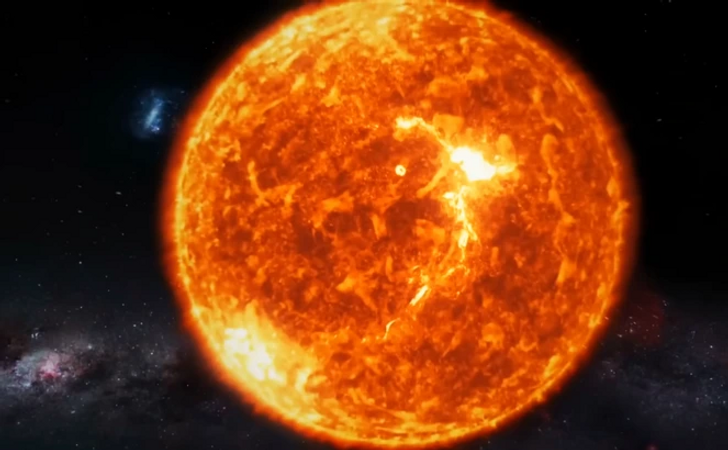
After some calculations, scientists pointed out that the Sun would theoretically produce a noise of around 100 decibels. Nearly, it is almost as loud as being next to a speaker at a rock concert or busy nightclub. This is quite impressive considering the Sun is 150 million kilometers (over 93,000,000 miles) away from us.
It was explained, the sound waves are so deep that they usually have frequencies that are too low for the human ear to detect. It’s also not a single tone but a highly intricate pattern of acoustical waves, somewhat like a bell.
8. There is a reason we have baby teeth.
Well, let’s find out why we have baby teeth. They start forming about six weeks into a baby’s growth. Bunches of cells called “tooth buds” grow in the gums and get covered by hard stuff. These teeth usually stay hidden under the gums until a baby is about six months old. Then, around six years later, they start falling out. Even though baby teeth are small and don’t last long, they are super important for a child’s development.
When we’re babies, our jaws are too tiny for 32 adult-sized teeth. And when we become adults, our jaws are too big for 20 tiny baby teeth. These baby teeth work like placeholders. As a permanent tooth grows in, it follows the path set by the baby tooth’s root, pushing the baby tooth out. By the time we’re older kids, our skulls are big enough to hold all our permanent teeth.
But baby teeth do more than just make way for the big ones. They help us chew and learn to speak. Baby teeth also let our oral muscles develop and work well as our jaws stretch and grow. And, of course, baby teeth keep the tooth fairy busy with a steady job. So, these little teeth do a lot of important tasks!
9. Earth’s continents were once known as Rodinia.
You probably know about Pangea, but have you heard of Rodinia? Let’s talk about it. Around 800 million years ago, Earth’s tectonic plates gathered together. They connected all the continents in a supercontinent called Rodinia.
Over time, it broke apart and then came back together. It led to the creation of the Appalachian Mountains and the Ural Mountains.
It is a cosmic playground where the curious and the adventurous are rewarded with awe-inspiring revelations, reminding us that in the vast tapestry of the cosmos, surprises are woven into the very fabric of existence.
Comments
HELLO
this is actually wierd
Related Reads
You Have More Than 5 Senses + Other Unbelievable Body Facts
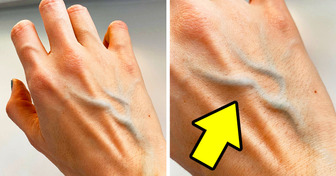
15 Photos That Will Always Be Hits at Family Dinners

17 Times Bad Luck Just Wouldn’t Quit

10 Real-Life Stories Where a Tiny Clue Revealed a Big Skeleton in the Closet
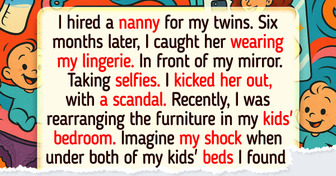
10+ Cooking Stories That Go From Kitchen Disasters to Comedy Gold

10 Kids Whose Candid Confessions Turned Lives Upside Down

19 People Who Had an Unforgettable Experience in a Hair Salon

15 True Events So Disturbing They Defy All Logic

I Overheard My Husband Talking About Us During Therapy, and It Deeply Hurt Me

13 Single Dads Reveal the Unseen Struggles of Fatherhood

My DIL Broke My House Rules—I Made Her Face the Consequences

10 Dark Family Secrets That Came to Light Without Warning
